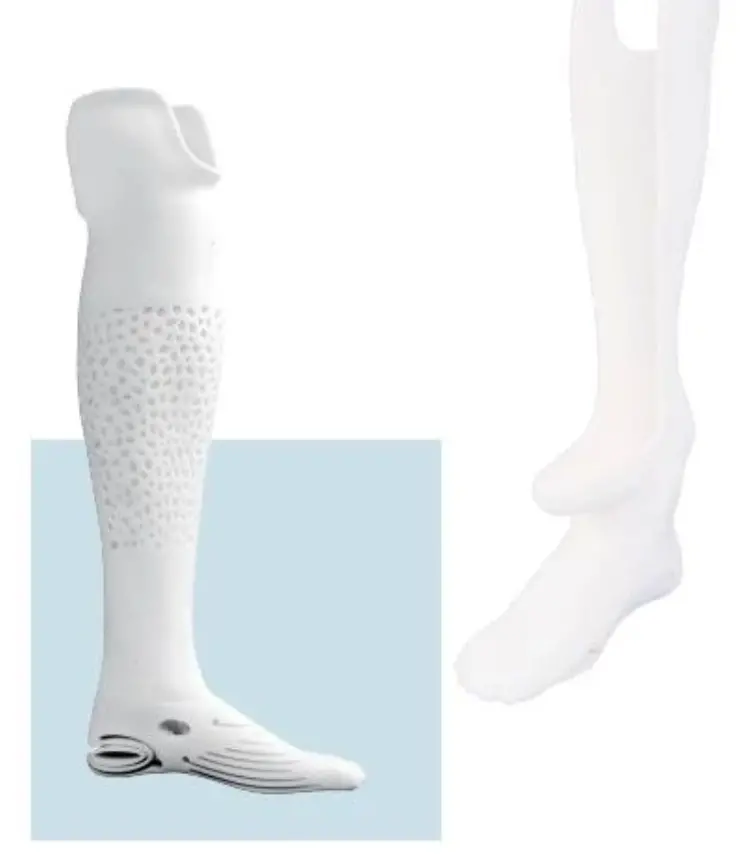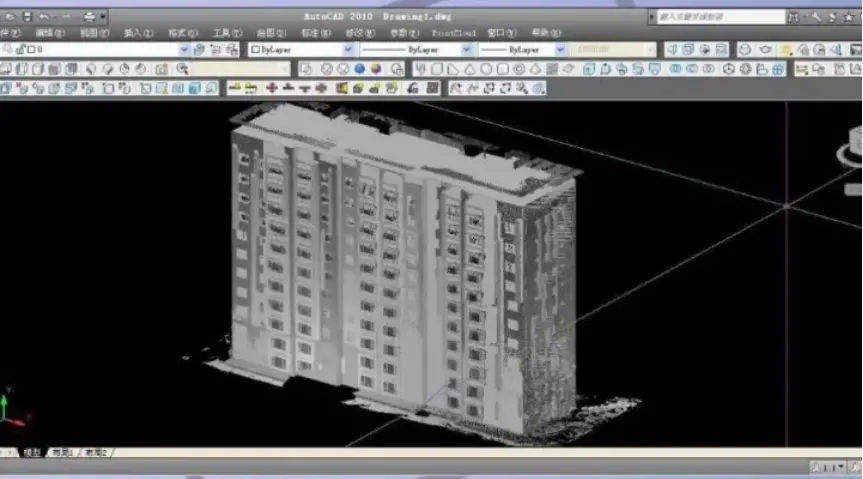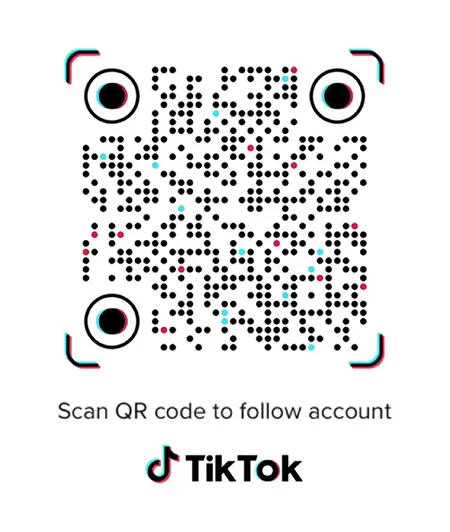Do you know which industries use 3D scanning application technology?
With the popularity of 3D scanning applications, more and more industries are gradually being changed by this revolutionary technology, it has become an integral part of modern design and manufacturing processes. With 3D scanning, it is possible to create digital models of physical objects, which can be modified, analyzed, or used to reproduce the object using 3D printing technology. In this article, we will discuss some of the most exciting 3D scanning applications in different industries.
Healthcare
The healthcare industry can be said to be the earliest industry sector for the application of 3D scanning applications. With this technology, it is possible to create digital models of human organs, bones, and tissues. These digital models can be used to create accurate and personalized medical devices, such as prosthetics, dental implants, and hearing aids.
One of the most exciting applications of 3D scanning in healthcare is surgical planning. Surgeons can use 3D models of their patient's anatomy to plan complex surgeries, reducing the risk of complications and improving patient outcomes.

Architecture
In the architecture industry, 3D scanning applications has become an essential tool for creating accurate digital models of existing structures. These models can be used for renovation or restoration projects, as well as for creating 3D visualizations of new designs. 3D scanning is also used for building inspections and to monitor the structural integrity of buildings over time.

Art and Heritage preservation
3D scanning has become an essential tool for art and heritage preservation. Museums and galleries are using 3D scanning technology to create digital replicas of priceless artworks and artifacts. These digital replicas can be used to create immersive virtual exhibits that allow visitors to explore the artwork up close and from different angles. 3D scanning is also being used to preserve archaeological sites and historical landmarks, ensuring that they can be studied and appreciated for generations to come.

Manufacturing
Manufacturing is one of the industries that has been most transformed by 3D scanning applications technology. With 3D scanning, it is possible to create digital models of physical objects, which can be used to create prototypes, test designs, and modify products quickly. 3D scanning is also used for quality control, ensuring that products meet the required specifications.
Automotive industry
The automotive industry has embraced 3D scanning technology to streamline the design and manufacturing process. With 3D scanning, car manufacturers can create digital models of their products, which can be used to test aerodynamics, analyze fuel efficiency, and simulate crash tests.
In conclusion, 3D scanning applications technology has transformed many industries, including healthcare, architecture, art, manufacturing, and the automotive industry. With the ability to create accurate digital replicas of physical objects, industries can streamline their processes, reduce costs, and improve productivity. In the future, 3D scanning is likely to become even more widespread, opening up new possibilities for innovation and growth.






